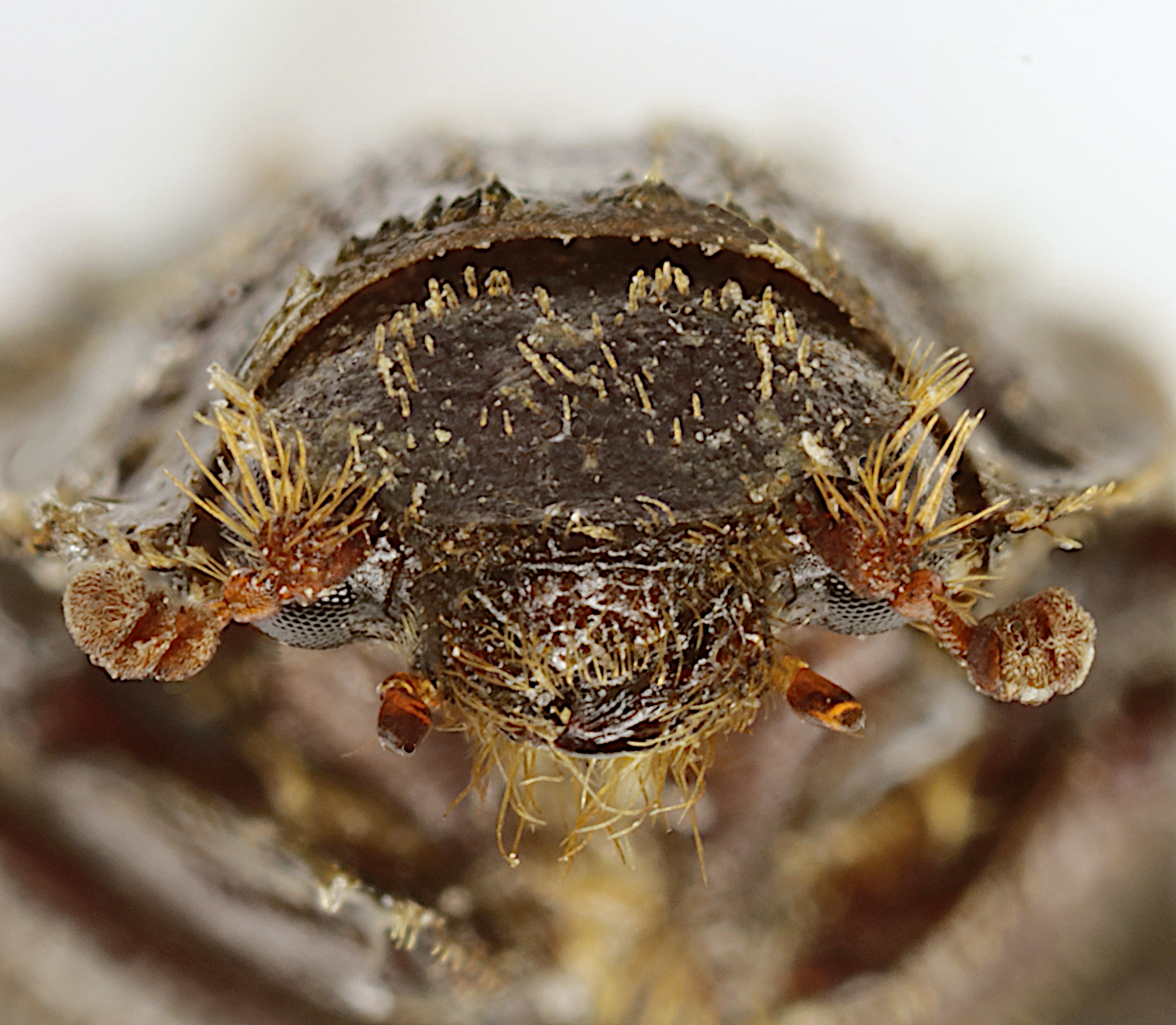|
Omorgus Chinensis
''Omorgus chinensis'' is a species of hide beetle in the subfamily Omorginae ''Omorginae'' is a subfamily of beetles in the family Trogidae which includes extant species and extinct beetle species from the Lower Cretaceous. The subfamily contains the following genera: *Cretomorgus Nikolajev, 2007 *Omorgus ''Omorgus'' ... and subgenus ''Afromorgus''. References chinensis Beetles described in 1858 {{Trogidae-stub ... [...More Info...] [...Related Items...] OR: [Wikipedia] [Google] [Baidu] |
Carl Henrik Boheman
Carl Henrik Boheman (10 July 1796 – 2 November 1868) was a Swedish entomologist. Boheman studied at Lund University and trained as an officer, participating in the invasion of Norway in 1814. He had been an enthusiastic entomologist since childhood, and was called by the Royal Swedish Academy of Sciences in 1841 to the position of professor and keeper of the Department of Entomology of the Swedish Museum of Natural History in Stockholm. He had been made a member of the Academy in 1838. He retired from the Museum in 1867. Boheman was a specialist in coleoptera, and particularly in Chrysomelidae and Rhynchophora, he collaborated in particular with Carl Johan Schönherr (1772–1848) in his great work on Curculionidae. His other works included ''Årsberättelse om framstegen I insekternas myria ach arachnidernas naturalhistoria under åren 1845 och 1846'' (1847), ''Insecta Caffraria'' (two volumes, 1848–1857), ''Monographia Cassididarum Holmiæ'' (four volumes, 1850–1 ... [...More Info...] [...Related Items...] OR: [Wikipedia] [Google] [Baidu] |
Hide Beetle
Trogidae, sometimes called hide beetles, is a family of beetles with a distinctive warty or bumpy appearance. Found worldwide, the family includes about 300 species contained in four or five genera. Trogids range in length from 2 to 20 mm. Their shape is oblong to oval, with a generally flat abdomen. Their color ranges from brown to gray or black, and they often encrust their bodies with soil. They resemble Scarabaeidae, scarab beetles with heavy limbs and spurs. They are scavengers and are among the last species to visit and feed on carrion. They are most often found on the dry remains of dead animals. Both adults and larvae eat feathers and skin. Some species are found in bird and mammal nests. Details of the life histories of many species are poorly known, since many are specialized to particular types of nests. They are often overlooked by predators and collectors due to their behaviors of covering their bodies with soil and becoming motionless when disturbed. This group ma ... [...More Info...] [...Related Items...] OR: [Wikipedia] [Google] [Baidu] |
Omorginae
''Omorginae'' is a subfamily of beetles in the family Trogidae which includes extant species and extinct beetle species from the Lower Cretaceous. The subfamily contains the following genera: *Cretomorgus Nikolajev, 2007 *Omorgus ''Omorgus'' is a genus of beetles of the family Trogidae Trogidae, sometimes called hide beetles, is a family of beetles with a distinctive warty or bumpy appearance. Found worldwide, the family includes about 300 species contained in four or ... Erichson, 1847 * Polynoncus Burmeister, 1876 References {{Trogidae-stub Trogidae ... [...More Info...] [...Related Items...] OR: [Wikipedia] [Google] [Baidu] |
Omorgus
''Omorgus'' is a genus of beetles of the family Trogidae with about 140 species worldwide. ''Omorgus'' beetles are generally between 9 and 20 mm long. Taxonomy ''Omorgus'' has three subgenera, '' Omorgus (Omorgus)'', '' Omorgus (Afromorgus)'', and '' Omorgus (Haroldomorgus)'', with the following species: Subgenus ''Omorgus'' * '' Omorgus alatus'' (Macleay, 1888) * '' Omorgus alius'' (Scholtz, 1986) * '' Omorgus alternans'' (W.S. Macleay, 1826) * '' Omorgus amictus'' (Haaf, 1954) * '' Omorgus aphanocephalus'' (Scholtz, 1986) * '' Omorgus asper'' LeConte, 1854 * '' Omorgus augustae'' (Blackburn, 1892) * '' Omorgus australasiae'' (Erichson, 1842) * '' Omorgus badeni'' (Harold, 1872) * '' Omorgus borrei'' (Harold, 1872) * '' Omorgus brucki'' (Harold, 1872) * '' Omorgus candezei'' (Harold, 1872) * '' Omorgus candidus'' (Harold, 1872) * '' Omorgus capillamentis'' Strümpher & Scholtz, 2011 * '' Omorgus carinatus'' (Loomis, 1922) * '' Omorgus carinicollis'' (Scholtz, 1986) * '' Omorgus ... [...More Info...] [...Related Items...] OR: [Wikipedia] [Google] [Baidu] |
